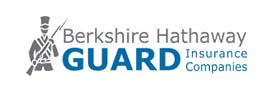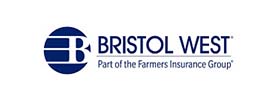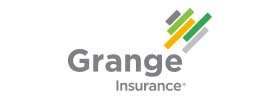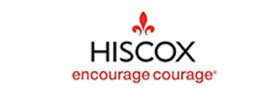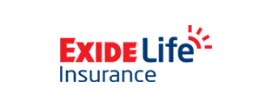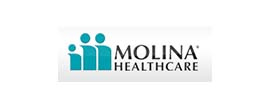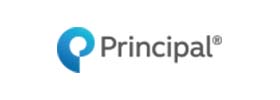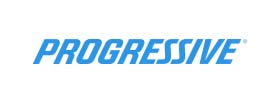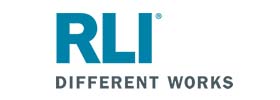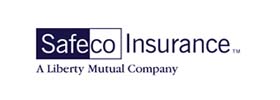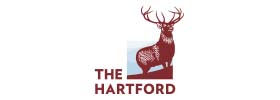BLR | By Grace Hatfield, EHS Daily Advisor | Jan 9, 2023 | Workplace Stress | Business Insurance
Back to Basics is a weekly feature that highlights important but possibly overlooked information that any EHS professional should know. This week, we examine workplace stress and OSHA’s recommendations for addressing mental health.
Workplace Stress impacts the health and mental wellbeing of employees in every industry. According to OSHA, mental health challenges can include clinical mental illness, substance use disorders, and emotions like stress, grief, and feeling sad and anxious, even when these feelings are temporary and not part of a diagnosable condition. Even though workplaces can induce stress, they can also provide resources, solutions, and activities to help improve mental wellbeing.
Scope of the Workplace Stress Problem
OSHA says that workplace stress and poor mental health can negatively affect workers through job performance, productivity, work engagement and communication, physical capability, and daily functioning. More than 80% of U.S. workers have reported experiencing workplace stress, and more than 50% believe their work-related stress impacts their life at home. Workplace stressors can include the following:
- Concerns about job security
- Lack of access to tools and equipment needed to perform work safely
- Fear of employer retaliation
- Facing confrontation from customers, patients, coworkers, supervisors, or employees
- Adapting to new or different workspaces, schedules, or rules
- Having to learn new or different tasks or take on more responsibilities
- Having to work more frequent or extended shifts
- Being unable to take adequate breaks
- Physically demanding work
- Learning new communication tools and dealing with technical difficulties
- Blurring of work-life boundaries, making it hard to disconnect from the office
- Finding ways to work while simultaneously caregiving
- Concerns about work performance and productivity
- Concerns about the safety of using public transit to commute
These stressors can negatively affect a person’s mental health and sense of well-being, which can potentially contribute to serious problems, like the development or exacerbation of mental health challenges. Stressors can also lead to issues with productivity, happiness, and burnout.
Employer guidance and Workplace Stress
The goal should be to find ways to alleviate or remove stressors in the workplace to the greatest extent possible, says OSHA, and to build coping and resiliency supports, and ensure that people who need help know where to find it. Reducing workplace stress can improve morale and lead to increased productivity, better focus, fewer workplace injuries, fewer sick days, and improved physical health.
There are four key things that employers can do to help their workers manage and reduce stress. The first is to be aware and acknowledge that people can carry an emotional load that is unique to their own circumstances. Some people may experience heightened levels of loneliness, isolation, uncertainty, grief, and stress, while others may have additional responsibilities like caregiving for children or elderly household members. There are also those who already have existing mental health and substance use challenges.
Employers should identify factors that are making it harder for workers to get their jobs done, and determine if adjustments can be made. Leaders must also show empathy, by ensuring their employees that they are not alone, their employer understands the stress they are under, there is no shame in feeling anxious, and that asking for help is important.
The last key factor is providing access to coping and resiliency resources, workplace and leave flexibilities without penalty, or other supportive networks and services. OSHA says that research from the American Psychological Association suggests that 50% of employees find that a lack of paid time off or sick leave has a negative impact on workplace stress levels.
OSHA provides recommendations for senior managers and supervisors on how to get conversations started with employees about mental health. Senior managers should be transparent and avoid using negative or stigmatizing language when discussing mental health and workplace stress. They should stay positive and speak positively around everyone, and listen without judgment if a staff member reaches out.
Managers must be understanding and offer assistance, and model exemplary behaviors by demonstrating self-care behaviors. Lastly, they should adequately train frontline supervisors about mental health issues, so they have the skills and confidence to address these issues and recognize the signs and symptoms of emotional distress.
As for supervisors, they should find out if workers need help, and look for ways to redistribute tasks to minimize stress. They must monitor their own stress levels and make sure that they are taking care of themselves. Supervisors should be compassionate and understanding and look for signs of stress and mental health emergencies.
If there is concern about a worker experiencing a serious mental health or substance use challenge, encourage them to get help. Lastly, supervisors must know the facts, and OSHA recommends that they take training to learn about mental health issues.
Training with Workplace Stress
Learn more about workplace stress…
More great blog articles shared by Shield Insurance Agency
























